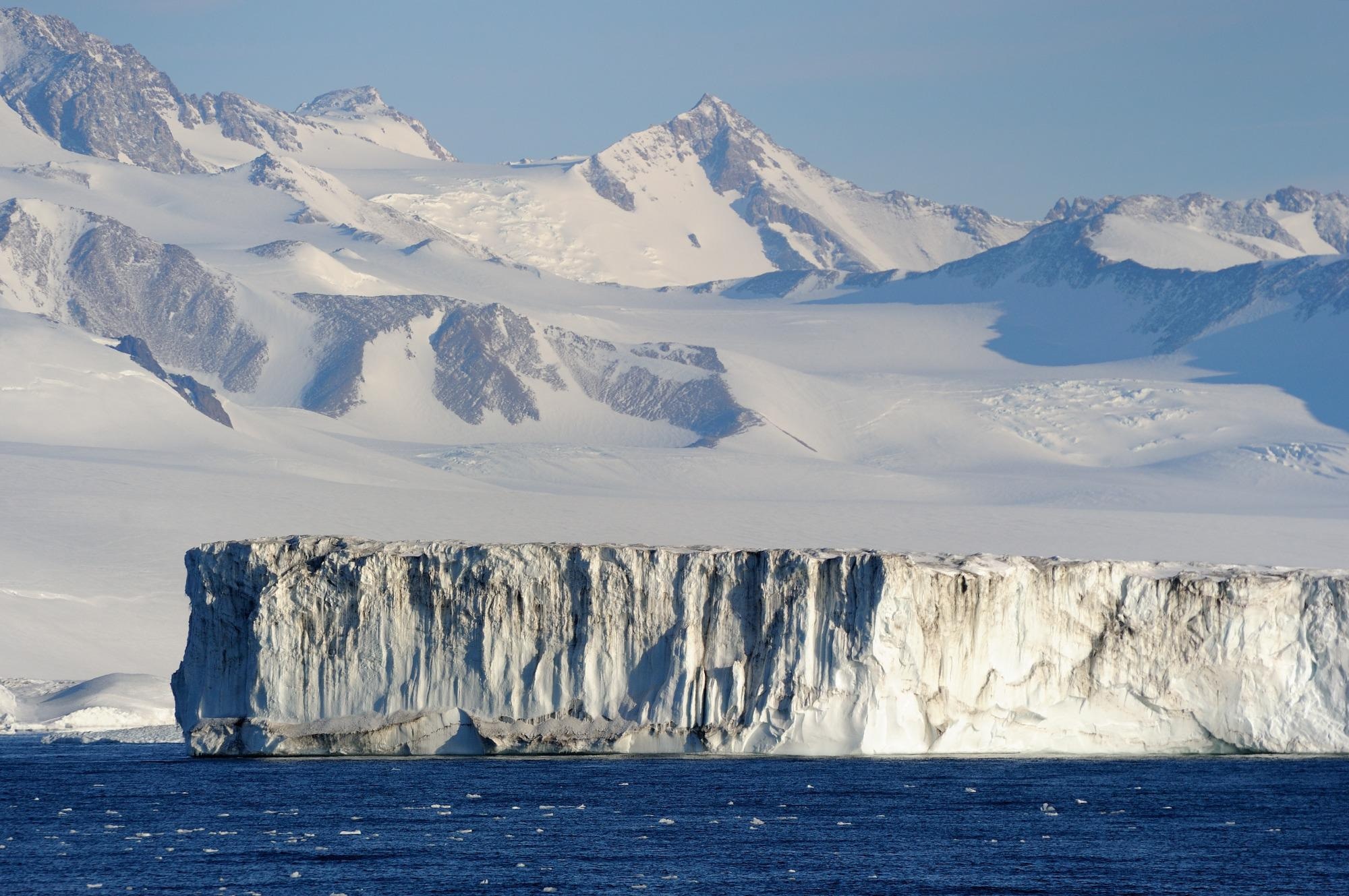Apr 9 2021
A new study shows that over one-third of the Antarctic’s ice shelf area could be at risk of crumbling into the sea if global temperatures increase to 4°C above pre-industrial levels.

Image Credit: AndreAnita/shutterstock.com
The comprehensive study was headed by the University of Reading and predicted the level of susceptibility of the enormous floating platforms of ice around Antarctica to drastic collapse events due to melting and runoff, as climate change caused an increase in temperatures.
The study identified that 34% of the area of all Antarctic ice shelves—nearly half a million square kilometers—which includes 67% of ice shelf area on the Antarctic Peninsula, would be at risk of collapsing under 4°C of warming.
Restricting the increase in temperature to 2°C instead of 4°C would reduce the area at risk by half and prospectively prevent major sea-level rise.
The team also identified Larsen C—the largest leftover ice shelf on the peninsula, which disintegrated to form the huge A68 iceberg in 2017—as one of four ice shelves that would be specifically at risk under a warmer climate.
Ice shelves are important buffers preventing glaciers on land from flowing freely into the ocean and contributing to sea level rise. When they collapse, it’s like a giant cork being removed from a bottle, allowing unimaginable amounts of water from glaciers to pour into the sea.
Dr Ella Gilbert, Research Scientist, Department of Meteorology, University of Reading
“We know that when melted ice accumulates on the surface of ice shelves, it can make them fracture and collapse spectacularly. Previous research has given us the bigger picture in terms of predicting Antarctic ice shelf decline, but our new study uses the latest modelling techniques to fill in the finer detail and provide more precise projections,” added Dr Ella Gilbert.
The findings highlight the importance of limiting global temperature increases as set out in the Paris Agreement if we are to avoid the worst consequences of climate change, including sea level rise.
Dr Ella Gilbert, Research Scientist, Department of Meteorology, University of Reading
Published in the Geophysical Research Letters journal, the new study employed the most advanced, high resolution regional climate modeling to make an in-depth forecast of the effect of increased melting and water runoff on the stability of ice shelves.
The susceptibility of the ice shelf to this fracturing process was predicted under global warming scenarios of 1.5°C, 2°C and 4°C, which are all possible this century.
Ice shelves are permanent floating ice platforms fixed to the coastline areas and formed where glaciers that flow off the land meet the sea.
Every summer, ice at the ice shelf surface melts and trickles down into small air gaps within the lower snow layer and refreezes.
But in years when the melting is higher but very little snowfall, the water tends to pool on the surface or flows into crevasses, thereby widening and deepening them until the ice shelf finally fractures and crumbles into the sea.
The collection of water on the surface of the ice shelf indicates that it could be susceptible to such a collapse.
This is exactly what happened in the case of the Larsen B ice shelf in 2002, which fractured after many years of warm summer temperatures. Its crumbling caused the glaciers behind the ice shelf to accelerate and thus losing billions of tonnes of ice to the sea.
The team found the Larsen C, Pine Island, Shackleton, and Wilkins ice shelves as most threatened under 4°C of warming. This is because of their geography and the major runoff forecast in those areas.
If temperatures continue to rise at current rates, we may lose more Antarctic ice shelves in the coming decades. Limiting warming will not just be good for Antarctica—preserving ice shelves means less global sea level rise, and that’s good for us all.
Dr Ella Gilbert, Research Scientist, Department of Meteorology, University of Reading
Journal Reference:
Gilbert, E & Kittel, C (2021) Surface melt and runoff on Antarctic ice shelves at 1.5°C, 2°C and 4°C of future warming. Geophysical Research Letters. doi.org/10.1029/2020GL091733.